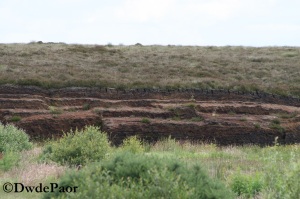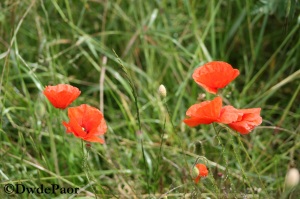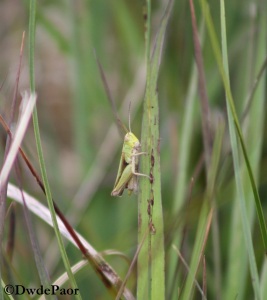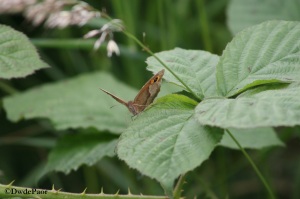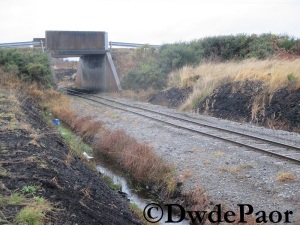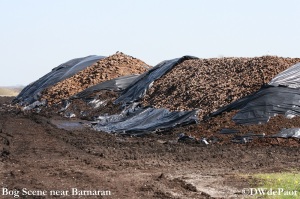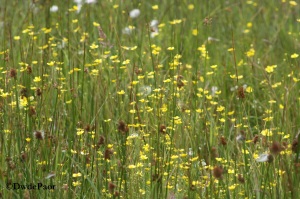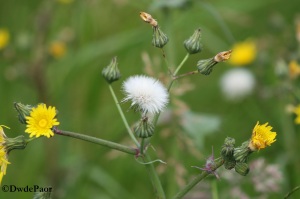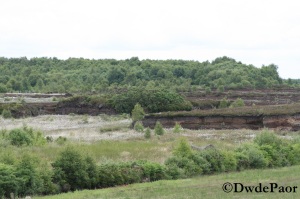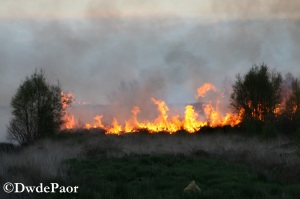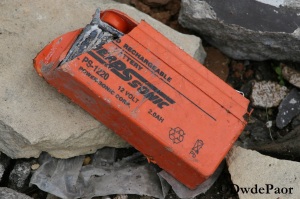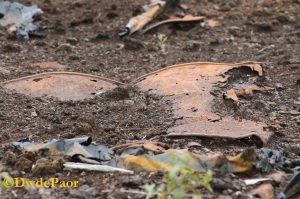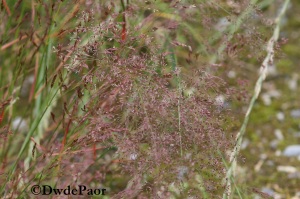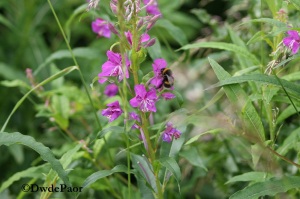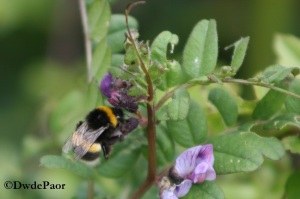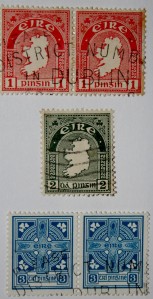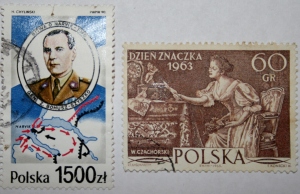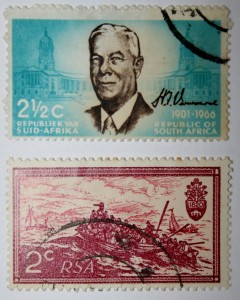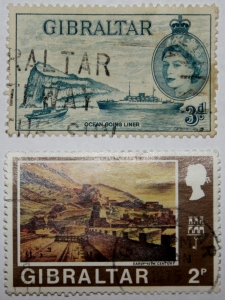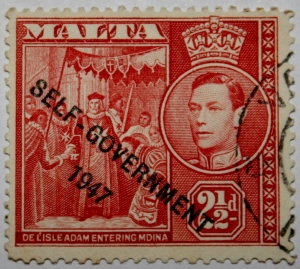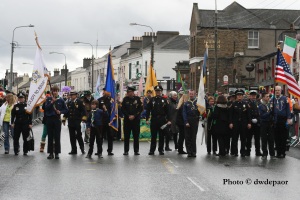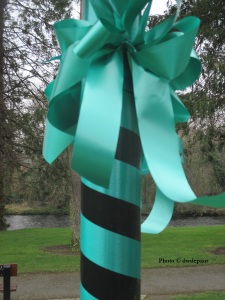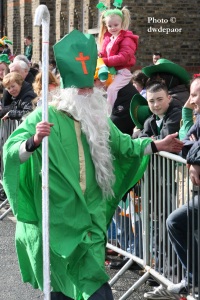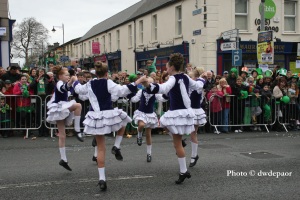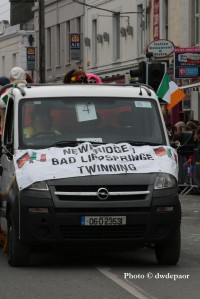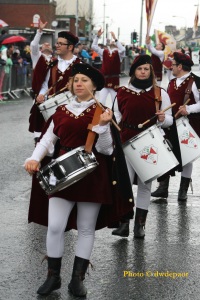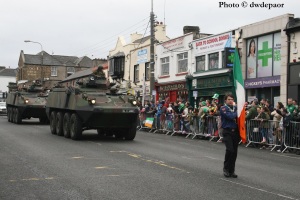@
Connellmore Cross
Crosaire Chonaill Mhoir
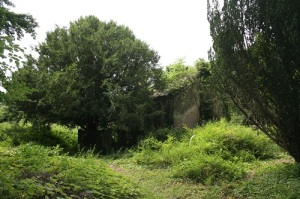
As children living on Great Connell Road we often explored the two old graveyards adjacent to Connellmore Cross Roads – in those days one would enter these old overgrown graveyards with some feeling of interpretation, and often as a “dare” – those were different times in Ireland – there was a silent respect, nay even a niggling fear of what would or could be waiting in a graveyard.
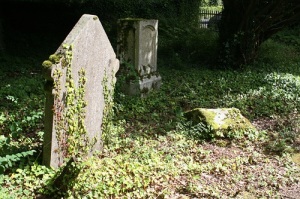
The more famous of these is located within the surviving (although crumbling) ruins of Great Connell Priory (established in 1202 and finally suppressed in 1541) and is a “protected structure” (KD 023/16) #1.
There is larger graveyard alongside the “main” road – Great Connell Road – surrounding what is termed “Great Connell Church” which is somewhat more overgrown and difficult to navigate. #2
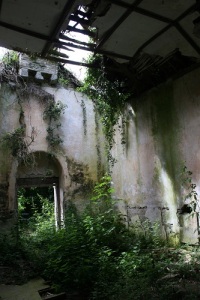
The official record published by Kildare County Council (Ref: K208) states that the graveyard is in the townland of Great Connell [Grid ref 281924(E), 214216(N)], and the RC parish of Newbridge. I was somewhat surprised to note that this graveyard is still officially “open”. #2

The denomination of the graveyard is recorded as Roman Catholic #2, although I am not sure that this is totally correct, as there are a mixture of Catholic and Protestant headstones located in this graveyard, and in his study of Great Connell Priory Thomas A. Loughlin suggests that “A Church of Ireland Church was built north of the site” in 1780 #1. Despite the visual evidence provided by the headstones, some of which are obviously Church of Ireland / Protestant and some Roman Catholic, I am open to correction on my surmising that the church was not exclusively Roman Catholic in this instance.
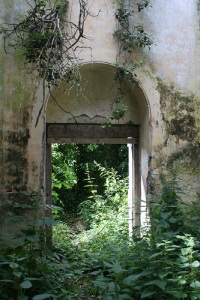

Sadly, the church building itself is deteriorating at an exceptionally fast pace, the roof has now almost completely collapsed, the floor has been pulled up over the years, and only few of the floorboards remain, and the old inscriptions which once adorned the windows have faded considerably even in the few years since I last visited the graveyard.
Unfortunately, the County Council have not considered it prudent or necessary to include this old, although disused church, on the protected structures list for the county, and even now at this late stage the Council could rectify this and protect what remains of the structure, which could then be made safe and even restored.
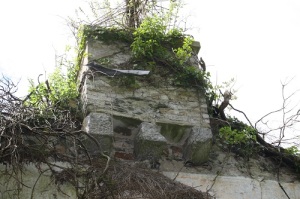
The graveyard is surrounded by a combination of an earthen bank and a rough coursed stone wall about three feet high (for younger readers that’s about one-metre-high), in my memory there was once a small pond just outside the walls on the Newbridge (eastern?) side of the cemetery – I remember collecting tadpoles there as a child – but it looks like the pond is long gone. The old gate is easily opened, there is also a stone style nearby allowing relatively easy access to the graveyard – however it is fairly uneven and overgrown underfoot so some visitors may not be able to progress very far into the graveyard.
There are a couple of well-worn paths, one leading to what remains of the ivy covered entrance to the old church which is located in the centre of the graveyard site, and another which leads to some of the easily accessible graves and around the other (eastern?) side of the old church. Many of the roof slates lie on the ground beside this wall of the church.
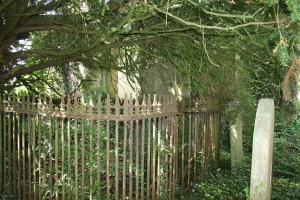
Unfortunately, there is ample evidence of some unwelcome visitors to this peaceful place – evidenced by litter, drink containers, and persons dumping their household rubbish inside the wall or along the earthen bank. So much for our Irish reputation for respecting graveyards – those buried there, regardless of religion / or none, should at least expect that their last resting place would not be disrespected by the few.
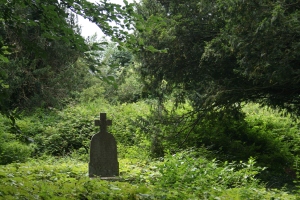
The graveyard is a most secluded spot, there are many mature trees within and on the boundary of the graveyard, as I mentioned previously it is extremely overgrown – to the point of being relatively inaccessible in parts because of the brambles, saplings and dense undergrowth. Those graves and headstones which are readily accessible are in many cases partially covered with ivy, mosses and lichens.

The Kildare County Council record states that the church and graveyard are clearly marked on the 1st edition OS 6″ map and the 1897-1913 OS 25″ map, and that most of the headstones are from the 19th and 20th century. #2
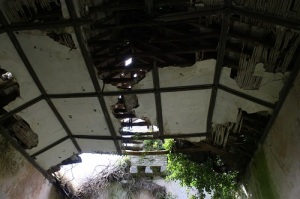
The graveyard although overgrown contains many old (and a few new) headstones which vary from single upright headstones set into the ground, cross-shaped memorials, with a selection of enclosed (kerbed) graves, some with attractive railings. Some “table” or bevelled stones set into the ground covering the whole grave some of which are inscribed. I wonder if there are any crypts or vaults in this graveyard – difficult to determine as it is considerably overgrown.
I wonder if there are any accessible records for those buried here – they would be a fascinating resource, or indeed is there any prospect of the community of the area and the town would, with permission from the Council, consider clearing some of the scrub and opening up the graveyard to those who have family members buried there, or indeed for those who have an interest in researching their family tree……
So I had a look at some of the epitaphs and inscriptions on the headstones – then as now most record the name, places and dates of birth or death, some with rank or profession, but each one a lasting memorial to an individual or individuals who were loved and cherished in life and remembered after their death.
It is probable that some of the families of those interred here have “died out”, or left the area, but there is ample evidence that some of the people commemorated here have descendents still living in Newbridge and the surrounding area.
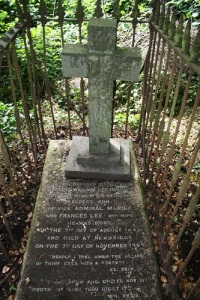
TO THE BELOVED MEMORY OF / FREDERIC WILLIAM LEE MORIER / LIEUTENANT ROYAL HORSE ARTILLERY / ELDEST SON / OF VICE ADMIRAL MORIER / AND FRANCES LEE HIS WIFE / HE WAS BORN / ON THE 7TH DAY OF AUGUST 1842 / AND DIED AT NEWBRIDGE / THE 7TH DAY OF NOVEMBER 1869 / “BEHOLD I TAKE AWAY THE DESIRE / OF THINE EYES WITH A STROKE” / EZ: XX1V.10 / I WAS DUMB AND OPENED NOT MY / MOUTH, BECAUSE THOU DIDS’T IT” / PS: XXX1X.9. / THIS STONE IS PLACED IN / REMEMBRANCE OF HER DEARLY / BELOVED SON BY HIS MOTHER.
Frederick was just 27 when he died in “Newbridge Barracks, Kildare, Ireland”, his father was (Admiral) William Robert Morier (1790 / 1864) and his mother was Frances (Fanny) Lee Bevan (1819 / 1903). It would appear that he had two sisters and two brothers, as far as I can determine he never married. #3

ERECTED / IN / AFFECTIONATE REMEMBRANCE / BY THE SORROWING / WIDOW OF / DOCTOR THOMAS GETHIN KERIN / IN NEWBRIDGE / WHO DEPARTED THIS LIFE / 8th DECEMBER 1888, AGED 71 YEARS / NOT LOST TO MEMORY, NOT LOST TO LOVE / BUT GONE TO HIS FATHERS HOME ABOVE / BLESSED ARE THE DEAD WHO DIE IN THE LORD.
Could one assume that his wife Sarah was buried here as well, however there is no memorial to Sarah that I could find. Thomas Gethin Kerin’s Will is however available. “On the 5th February 1889, Letters of Administration of the personal estate of Thomas Gethin Kerin formerly of Tramore County Waterford but late of Newbridge County Kildare M.D. who died 8 December 1888 at latter place were granted at the Principal Registry to Sarah Kerin of Newbridge the Widow” The Effects amounted to £172. #4
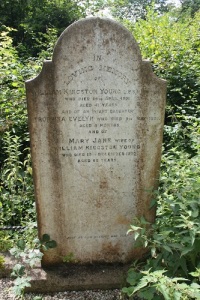
IN / LOVING MEMORY / OF / WILLIAM KINGSTON YOUNG L.P.S.I NEWBRIDGE / WHO DIED 24TH APRIL 1901 / AGED 41 YEARS / AND OF AN INFANT DAUGHTER / TROPHINA EVELYN WHO DIED 5th MAY 1889 / AGED 8 MONTHS / AND OF / MARY JANE WIFE OF / WILLIAM KINGSTON YOUNG / WHO DIED 15TH DECEMBER 1920 / AGED 60 YEARS / “JUST AS I AM WITHOUT ONE PLEA”
According to the 1901 census both William Kingston Young and his wife Mary Jane were born in Co. Cork, William was a Pharmaceutical Chemist. They had three other daughters and one son. #5

TO THE MEMORY OF / MARGARET HOYLE / THE BELOVED WIFE OF / HUGH WOOLCOMBE-BOYCE / 19th PRINCESS OF WALES OWN HUSSARS / WHO DIED MARCH 1887 / AGED 26 YEARS
This inscription led me to the following information – Margaret Matilda Hoyle Fisher (b. 1860 / d. March 1887 at Piercetown House, aged 26) married Captain Hugh Woollcombe-Boyce (b. 1861 / d. March 1890 at the age of 28) in May 1886. The couple had one daughter Margery Barbara Woollcombe-Boyce (b. Feb 1887 at Piercetown House, Newbridge) who was orphaned at the age of tree. #6
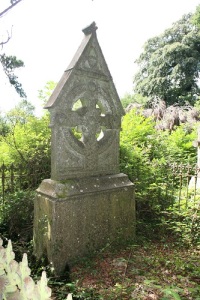
TO EYRE POWELL Esq. / BORN 10th AUG 1810 DIED 29th DEC 1871 AGED 61 YEARS / ALSO / TO THE MEMORY OF / GEORGE EYRE POWELL / MAJOR ROYAL DUBLIN MALITIA / BORN 15th MARCH 1813 DIED 4th JAN 1870 AGED 56 / AT LUGANO SWITZERLAND / AND TO THEIR SISTER / CHARLOTTE POWELL / WHO DIED 26 JUNE 1895.
The Leinster Express on 6th January 1872 reported that “On Monday morning last the remains of the late Eyre Powell arrived at Newbridge, from Dublin, by the eleven o’clock train for interment in the family burying place at Great Connell…… The coffin, which was of highly polished Irish oak, mounted with massive brass fittings, and bore upon it the inscription “Eyre Powell, died 29th December, 1871, aged 61 years,” was carried by the tenantry of the deceased gentleman.” #7
Eyre Powell, was selected to occupy the first chair of the Town Commission formed in 1865.

IN / LOVING MEMORY / OF / ADA GOFF / WHO DIED 3RD JULY 1893 / AND OF ANNE JOHNSTON GOFF / WHO DIED 13TH JULY 1894 / DAUGHTERS OF / ROBERT J GOFF JP / PIERCETOWN HOUSE, NEWBRIDGE, / ALSO HIS SON / ALEXANDER GEORGE GOFF / WHO DIED 17TH NOVEMBER 1898 / ALSO THEIR BELOVED FATHER ROBERT JOHNSTON GOFF / WHO DIED 16TH APRIL 1907 / ALSO IN LOVING MEMORY OF HIS SON / ROBERT WILLIAM GOFF / WHO DIED ON THE 13TH OF DECEMBER 1916 / AT FOLKESTONE KENT AND WAS BURIED THERE / THE LORD IS MY SHEPHERD I SHALL NOT WANT.
HIM THAT COMETH ONTO ME I WILL IN NO WISE CAST OUT / “NEARER MY GOD TO THEE”
The name Goff has been synonymous with Irish bloodstock sales and was founded by Robert J. Goff after he was appointed official auctioneer to the Turf Club in 1866. This site states that Robert died in 1907. #8
Ada Goff’s Will “On the 31st October 1893, Letters of Administration of the personal estate of Ada Goff late of Piercetown County Kildare Spinster who died 13 July 1883 at same place were granted at the Principal Registry to Robert Johnston Goff of Piercetown Esquire the Father” The Effects amounted to £1,346 10s. 3d. #9
Sources:
#1 Full title “The Priory of the Canons Regular of St. Augustine at Great Connell” from a study by Mr. Thomas A. Loughlin and available at Desk Study Great Connell Priory
#2 Kildare County Council – Graveyard Details
#3 A Parcel of ribbons Frederic William Lee Morier
#4 National Archives Will Calenders (Pdf)
#5 National Archives 1901 Census
#5 National Archives 1911 Census
#9 National Archives Will Calenders (Pdf) Goff
Photographs ©dwdepaor


